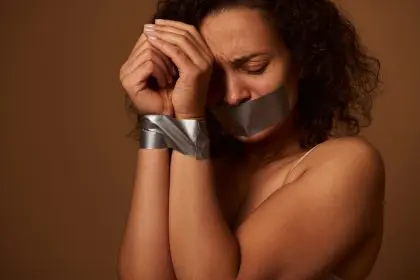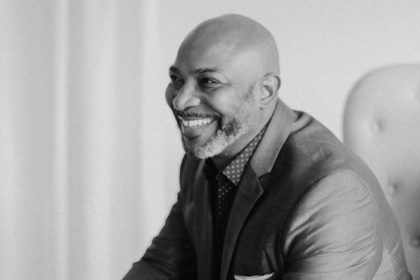As we enter 2025, reports Essence, Black-owned beauty brands find themselves at a crossroads, facing significant challenges exacerbated by looming tariffs and persistent systemic barriers. The political landscape is shifting, and with it comes a wave of uncertainty for these businesses that have long fought against inequities in the beauty industry.
The impact of tariffs on Black beauty brands
Under the new administration, tariffs became a favored economic strategy, reshaping various industries, including beauty. As these policies are expected to continue, Black beauty brands — already navigating a complex web of systemic hurdles — are bracing for the ripple effects. Tariffs can lead to supply chain disruptions and increased costs, making it harder for these brands to thrive.
Joia Doss, founder of Arli Strategic Advisory, highlights in the article the critical nature of profit margins in the beauty industry. She explains that tariffs can erode these margins, forcing brands to pass on increased costs to consumers. This is particularly concerning for Black-owned brands that have cultivated strong relationships with loyal customers. Raising prices could jeopardize these relationships, which are vital for their growth.
Understanding tariffs
Tariffs are taxes imposed on imported or exported goods, often used to protect domestic industries or retaliate against unfair trade practices. For smaller businesses that rely on imported goods, tariffs can be particularly damaging. Doss emphasizes that the beauty industry operates on tight profit margins, and any increase in costs can have dire consequences.
Systemic barriers amplifying challenges
Black beauty entrepreneurs face additional systemic barriers within the supply chain. Tomi Talabi, founder of the Black Beauty Club, points out that limited access to capital makes it difficult for these brands to place large orders that could help offset tariff costs. Many Black-owned brands also rely on middlemen for manufacturing, leading to higher prices and fewer direct vendor contracts.
Funding for Black-owned brands has seen a staggering decline, with a 71 percent drop in 2023. Lita Cunningham, founder of LALAIS Skincare, notes that Black beauty founders receive less than half of one percent of investment dollars in the beauty industry. This lack of resources makes it even more challenging to navigate the impending tariff policies.
Implications of tariffs on the supply chain
As tariffs disrupt the global supply chain, Black-owned beauty brands might face delays in obtaining essential ingredients and increased shipping costs. Doss warns that these disruptions can lead to prolonged out-of-stock periods, which can be devastating for brands that have fought hard for retail shelf space.
Despite these challenges, Talabi sees a silver lining. The situation could encourage the Black beauty community to invest in domestic manufacturing and collaborate on logistics to lower costs. This shift could foster resilience and innovation within the industry.
Strategies for Black beauty brands
While the challenges are significant, Black-owned beauty brands can adopt several strategies to mitigate the impact of tariffs:
- Diversify suppliers: Building a network of diverse suppliers can help reduce reliance on regions heavily affected by tariffs.
- Invest in bulk purchasing: Collaborating within the community for bulk orders can lower per-unit costs and offset rising shipping expenses.
- Strengthen direct-to-consumer channels: Focusing on DTC sales allows brands to maintain control over their margins and avoid retail distribution delays.
How consumers can support Black beauty brands
Consumers play a crucial role in supporting Black-owned beauty brands. Here are actionable ways to help:
- Direct purchasing: Buy directly from the brand’s online store to ensure they receive the full profit from your purchase.
- Understand the roadblocks: Be aware of the systemic hurdles these brands face and extend grace during stock shortages or longer delivery times.
- Engage on social media: Actively engage with Black beauty brands on social media to boost their visibility and credibility.
“The best course of action for us, as consumers, is to spend our dollars with those who are fighting like hell to bring you high-quality products with you in mind,” Cunningham states in the interview. By working together, consumers and brands can create meaningful change and pave new paths to success for Black-owned beauty brands.











